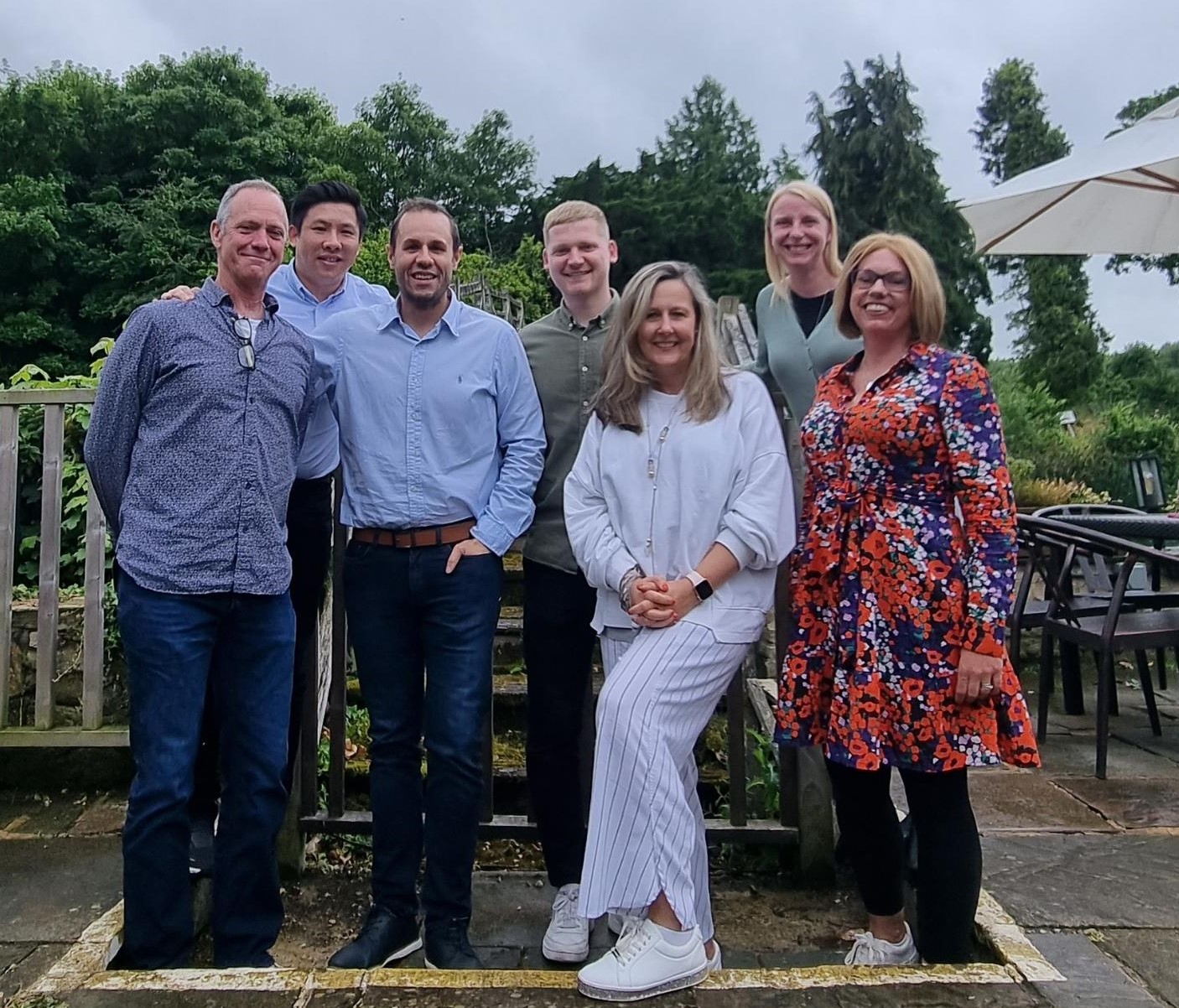Talent management is far from being just another business buzz word that lacks any true meaning. It is a term that reflects a mindset and attitude towards employees and personnel within an organisation. It can help provide the shift in how organisations think of their workforce and how this applies to their missions and goals.
Talent management is focused on identifying, attracting, developing, engaging, retaining and deploying the very best talent within the marketplace. Organisations that want to be successful must understand the value that top talent brings to it. By nurturing talent and placing people in the right places, at the right time, businesses can ensure they develop effective teams and departments.
The development of employees doesn’t happen by magic, instead organisations must invest both time and money into processes and strategic systems that create these thriving workforces.
What is talent management?
A broad definition of Talent Management is that it is about supporting and leveraging people (talent) that can make a difference to the organisation. Some businesses include all their employees under this category, while others limit it to the influential positions within the organisation. Nevertheless, the benefit of actively nurturing talent is something that is hard to argue against.
Beyond recruitment or HR, talent management focuses on how to achieve business aims with the people in the marketplace. This may require a business to identify and hire new people, or it may simply mean training existing people up. By strategically developing and deploying this talent on business challenges or opportunities, organisations of any size can benefit greatly from this approach to managing their workforce.
It is also greatly beneficial for those working in such environments, as they tend to get the training and support needed to develop and progress professionally.
Why is talent management important?
One of the defining challenges all boardrooms and executives face is the management of people. Bad hires or inefficient employees can be massively costly, both financially and for the reputation of the organisation. This means organisations need to prioritise the systems and processes that’ll lead to better performance and engagement from their employees.
By having a crystal-clear understanding of the talent within an organisation, it is far better positioned to identify areas of improvement, vulnerability and strength.
But organisations don’t benefit from simply acknowledging that the idea of talent management is important, only those that action this and actively embrace this mindset will see any benefits.
Supporting talent within organisations
Something we feel very passionately about here at Edgecumbe, is the power of an engaged workforce. Focusing on how to keep employees engaged and happy is a vital process that every business needs to prioritise. A disengaged workforce will rarely be able to compete with an organisation where employees feel empowered, engaged and enthusiastic. Once a workforce is engaged, it can then be nurtured and trained to meet the demands of the business.
We also feel engagement and leadership are inextricably linked. Great leadership is one of the most influential factors on employee engagement and how employees feel towards the organisation.
Therefore, the returns on supporting and developing teams and leaders is something that can’t be ignored. Having leaders who are able to tackle challenges with ease, know which opportunities to pursue, as well as deploying the right people for specific tasks, is vital if businesses want to stay competitive and experience sustainable growth.
Getting to the bottom of leadership and leader performance, is a defining pillar on how teams can grow and develop. When helping businesses excel their leadership, we use the Primary Colours Leadership Model. This includes five key areas that underpin leadership:
- Personality affects leadership behaviour, which affects engagement and performance.
- Because personality is hard to change, it is highly unlikely that any one individual will excel in all the necessary leadership capabilities.
- The best way to provide full leadership capability is to assemble teams comprising individuals with complementary capabilities.
- To make this effective, leaders need to be skilled in collaborating with those who bring different contributions.
- Shared mental models are key to enabling collaboration and constructive conflict.
Talent management and Edgecumbe
The concept of talent management is one that needs to be ingrained into the fundamental principles of all businesses. Businesses that ignore the importance of their talent, will find it increasingly difficult to stay afloat and compete with engaged and high performing organisations.
As competition for top talent increases, businesses that understand the value in retaining and developing their workforce are likely to see substantial benefits.
Here at Edgecumbe, we combine assessment and performance analytics with leadership coaching and facilitation to maximise the value delivered from leaders within organisations. We focus on designing, deploying and measuring the impact of individuals, leaders and teams. This helps our clients gain actionable insights to help create thriving workforces that deliver outstanding performances.
For more information about how we can help, get in touch today.





















